Jack LaLanne the "Father of Fitness"
/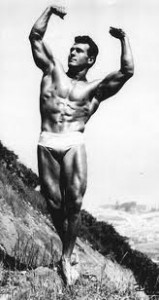 On Sunday, the fitness community and world at large, mourned the loss of the "father of fitness", Jack LaLanne. 96 years young, Jack, succumbed to complications of pneumonia, leaving behind his legacy as the pioneer of what we know as fitness today. He was truly ahead of his time with his philosophies for moderate resistance training and no sugar dieting, practicing what he preached up to his final days. Jacks philosophy on moderate eating and activity are a true example of how a healthy living can keep one active and vibrant through the lifecycle.
On Sunday, the fitness community and world at large, mourned the loss of the "father of fitness", Jack LaLanne. 96 years young, Jack, succumbed to complications of pneumonia, leaving behind his legacy as the pioneer of what we know as fitness today. He was truly ahead of his time with his philosophies for moderate resistance training and no sugar dieting, practicing what he preached up to his final days. Jacks philosophy on moderate eating and activity are a true example of how a healthy living can keep one active and vibrant through the lifecycle.
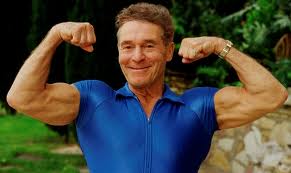
According to a recent article in the New York Times - "Aging: Paying the Physical Price for Longer Life", "a 20-year-old man today can expect to live about a year longer than a 20-year-old in 1998, but will spend 1.2 years more with a disease, and 2 more years unable to function normally." They analysized recent governement data, and found that life expextancy is going up, not because people are healthier, but because medicine is keeping people with chronic disease and disability, alive longer. In another article in the New York Times - "Full-Service Gyms Feel a Bit Flabby", data shows only 15% of Americans belong to a gym. Despite knowing exercise has nothing but tremendous health benefits, Americans are still too sedentary. In fact 60% of us are overweight, and 40% of us are obese. I for one, plan to enjoy activity for many years to come. The year is young, make it a healthy one. Let us learn from Jacks legacy that an active lifestyle, will lead to a healthy and disease free one, for many decades to come.
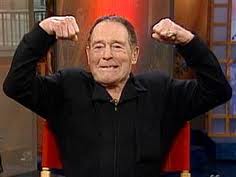
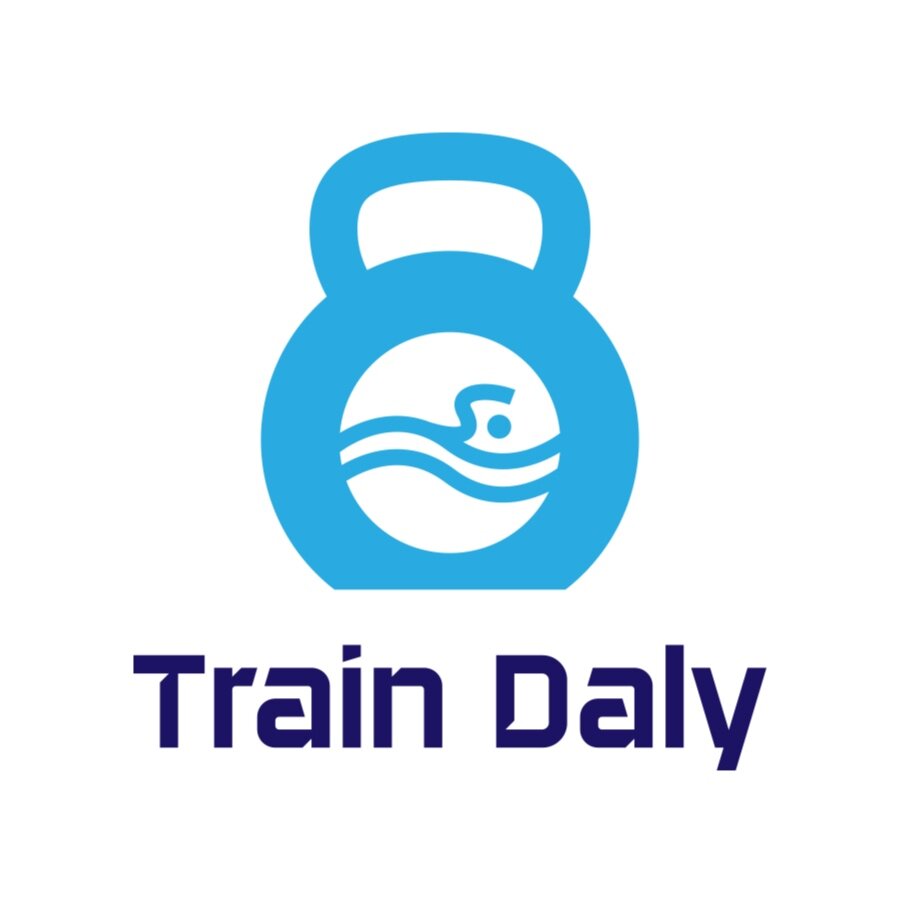

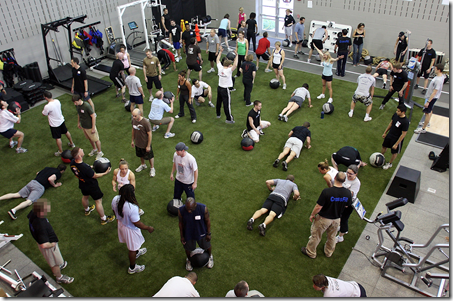 Next time you re in the gym, take a look at what members are doing with their trainers. Take a look to your left and right, if a trained fitness professional does not have a client on the elliptical next to you, maybe you should be over by the kettllebell rack doing cardio too!! :) Take a look at this article on the
Next time you re in the gym, take a look at what members are doing with their trainers. Take a look to your left and right, if a trained fitness professional does not have a client on the elliptical next to you, maybe you should be over by the kettllebell rack doing cardio too!! :) Take a look at this article on the